Understanding a computer’s domain membership in Windows environments is crucial for system administrators and IT professionals. PowerShell provides several cmdlets and methods to retrieve this information quickly and efficiently. This article will explore various techniques to determine a computer’s domain membership using PowerShell.
1. Using Get-ComputerInfo
The Get-ComputerInfo cmdlet is a powerful tool that provides a wealth of information about a computer, including its domain membership status.
Get-ComputerInfo -Property CsDomain, CsDomainRoleThis command returns two properties:
CsDomain: The domain or workgroup the computer belongs to.CsDomainRole: The role of the computer within the domain.
Explanation:
- If
CsDomainreturns a domain name, the computer is part of that domain. - If it returns “WORKGROUP”, the computer is not part of a domain.
CsDomainRoleprovides additional context about the computer’s role in the domain (e.g., standalone workstation, domain controller, etc.).
2. Using Win32_ComputerSystem WMI Class
Another method involves using the Win32_ComputerSystem WMI (Windows Management Instrumentation) class:
Get-WmiObject Win32_ComputerSystem | Select-Object Name, Domain, PartOfDomain
This command returns:
Name: The computer’s name.Domain: The domain or workgroup name.PartOfDomain: A boolean value indicating whether the computer is part of a domain.- If
PartOfDomainis True, the computer is a domain member. - If False, it’s either in a workgroup or standalone.
3. Using the .NET Framework
PowerShell can leverage the .NET Framework to gather domain information:
[System.DirectoryServices.ActiveDirectory.Domain]::GetComputerDomain().Name- This command attempts to retrieve the domain name of the current computer.
- If successful, it returns the Fully Qualified Domain Name (FQDN) of the domain.
- If the computer is not part of a domain, this command will throw an exception.
4. Using the System.Environment Class
A simple method to check domain membership is:
[System.Environment]::UserDomainName- This returns the domain name if the computer is part of a domain.
- For non-domain computers, it returns the computer name.
5. Checking Domain Controller Status
To determine if the computer is a domain controller:
(Get-WmiObject Win32_ComputerSystem).DomainRole -ge 4- This returns a boolean value.
- True if the computer is a domain controller (role 4 or 5).
- False for member servers or workstations.
PowerShell offers multiple ways to retrieve domain membership information, each with its advantages. The Get-ComputerInfo cmdlet provides comprehensive information but may be slower on some systems. WMI methods are widely compatible but might require elevated privileges. The .NET Framework method is quick but throws exceptions for non-domain computers. Choose the method that best fits your specific needs and environment.
Remember, some of these commands may require administrative privileges to execute, especially when run remotely. Always ensure you have the necessary permissions before attempting to retrieve system information.
- Find Computer Name and Domain using PowerShell
- How to Create Directory If Not Exists in PowerShell
- Activate Windows via PowerShell
- Query Active Directory Users Info Using PowerShell

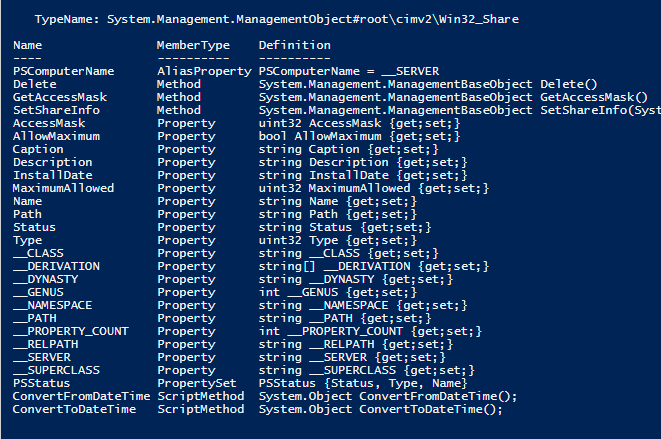
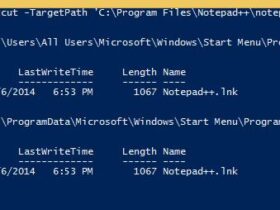
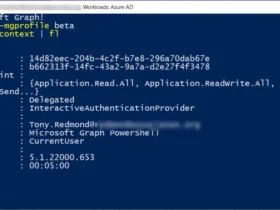
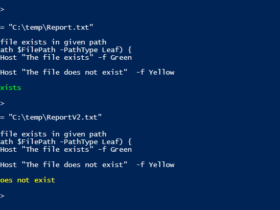
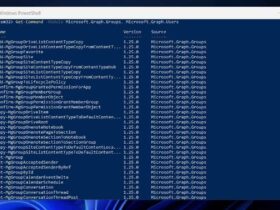
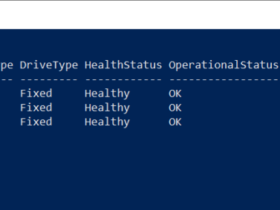
Leave a Reply
View Comments